Livermore scientists have helped discover that RNA viruses are abundant and diverse in soil, where they prey upon organisms such as insects, nematodes and fungi.
Science and Technology Highlights
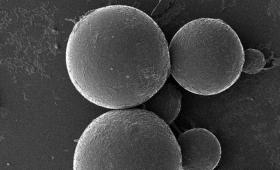
To help increase the U.S. supply of rare earth elements, researchers are using microbe beads to recover rare earth elements from consumer electronic waste.
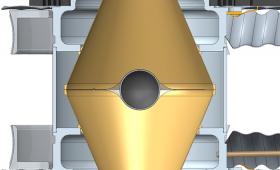
An angular hohlraum named “Frustraum” could become a key to the next stages of ICF research at the National Ignition Facility.
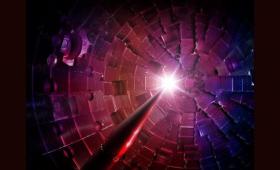
A research team has demonstrated that lead — a metal so soft that it is difficult to machine at ambient conditions — responds similarly to other much stronger metals when rapidly compressed at high pressure.
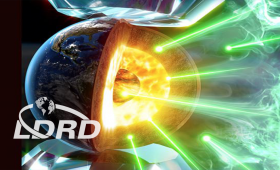
Researchers have discovered that at thermodynamic conditions mimicking that of Earth’s core, argon can react with nickel, forming a stable argon-nickel (ArNi) compound.
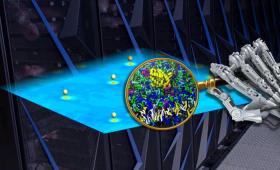
Lawrence Livermore and Los Alamos National Laboratory are leading a collaboration that has developed a machine learning-based simulation for next-generation supercomputers capable of modeling protein interactions and mutations that play a role in many forms of cancer.
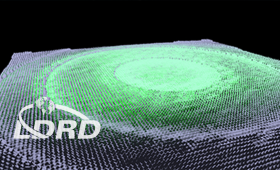
A Livermore team has developed a Metasurface Laser Printing (MSLP) process that can produce adjustable, nanoscale (billionth of a meter) surface features with patterning that can be locally controlled and spatially modifiable across meter-sized substrates.
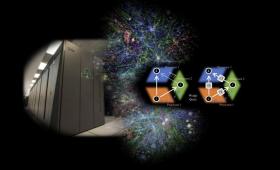
A Livermore team searched for 1 quadrillion “triangles”—relationships such as three-way connections between friends of friends on a social network—using 1 million processors on LLNL’s IBM BlueGene/Q Sequoia supercomputer.
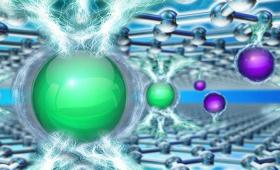
Livermore scientists study ion size and shape's role in energy storage and water desalination technologies.
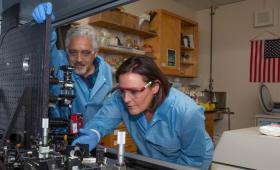
A cooperative research center that aims to develop vaccines for chlamydia has been established by the National Institutes of Health at Lawrence Livermore.


